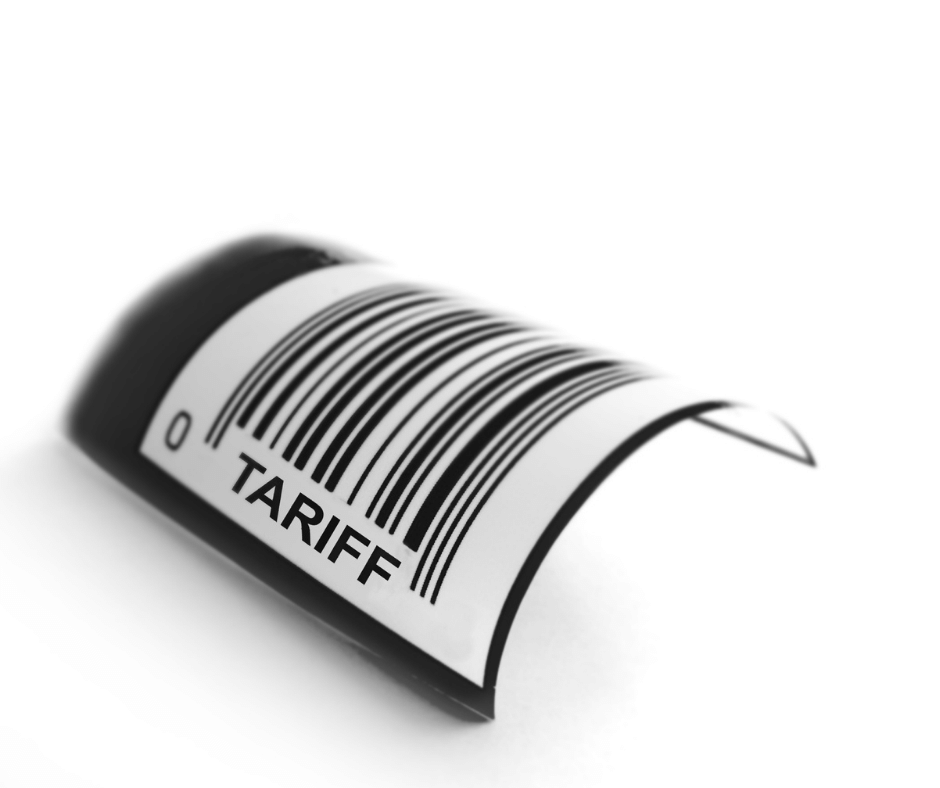In general terms, tariff codes are a series of numbers to identify products for international trade purposes. These codes are standardized worldwide by the Harmonized System (HS) established by the World Trade Organization (WTO). Although there might be exceptions, the tariff code is the reference to import goods in different countries.
The main use of tariff codes is to determine taxes and applicable regulations to import and/or export different type of products. We can find a tariff code for practically any product in the world. In this article, we will talk about the application of tariff codes for medical devices in Mexico.
Tariff codes in Mexico
Tariff codes in Mexico (Fracción Arancelaria) consists in a series of 8 numbers in concordance with the above-mentioned HS. This numeric codification is defined in the the Law of Importation and Exportation and is known as TIGIE. Two additional numbers may be found at the end of the tariff code. Those digits are called NICO and are only for statical purposes instead of regulatory and taxation.
As it happens in other countries, the tariff code will set the importation restrictions for a specific medical device. It is worth mentioning that such restrictions may vary depending on the purpose of importing those products.
Structure of the TIGIE
TIGIE is composed by 22 sections, 98 chapters, 1231 entries, 5212 subentries, and 12498 tariff codes. The classification of the TIGIE includes the HS notes and the Mexican notes.
The following example better explains how the tariff code for an electrocardiograph is defined:
Section XVII and Chapter 90: instruments and devices for measurement, music, photography, medicine, and others.
Entry 9018: Instruments and devices for medicine, surgery, odontology, and others.
Subentry 9018.11: Electrocardiographs
Tariff code 9018.11.01: Electrocardiographs
Once a tariff code has been designated, it will indicate whether a sanitary registration and/or an import permit are required for importation. It also provides the legal basis for applicable taxes and possible deductions based upon the country of origin and Free Trade Agreements.
Regulations by COFEPRIS
The Agreement establishing the products for which their importation and exportation is regulated by the Mexican Ministry of Health (through COFEPRIS) includes a list of tariff codes for practically all types of medical devices. These codes are grouped in two subsections as follows:
Subsection d: medical devices requiring a Sanitary Registration and an Import Permit when imported for marketing purposes.
Subsection g: medical devices requiring only Sanitary Registration when imported for marketing purposes.
Additional considerations
Considering there is a large number of tariff codes applicable for medical devices, it is a common to have a medical device that fits in more than one code. That is why it is strongly recommended that the proper classification of any medical device is made by a professional partner.
Custom brokers are companies authorized by the Mexican Government to release merchandises at import. Thus, custom brokers are responsible to assign a correct tariff code for importing a medical device, determining the requirements, and releasing the products without setbacks.
If you need additional information regarding tariff codes, please contact us at contact@veraqueconsulting.com.

